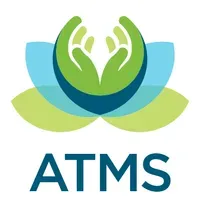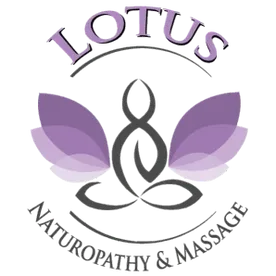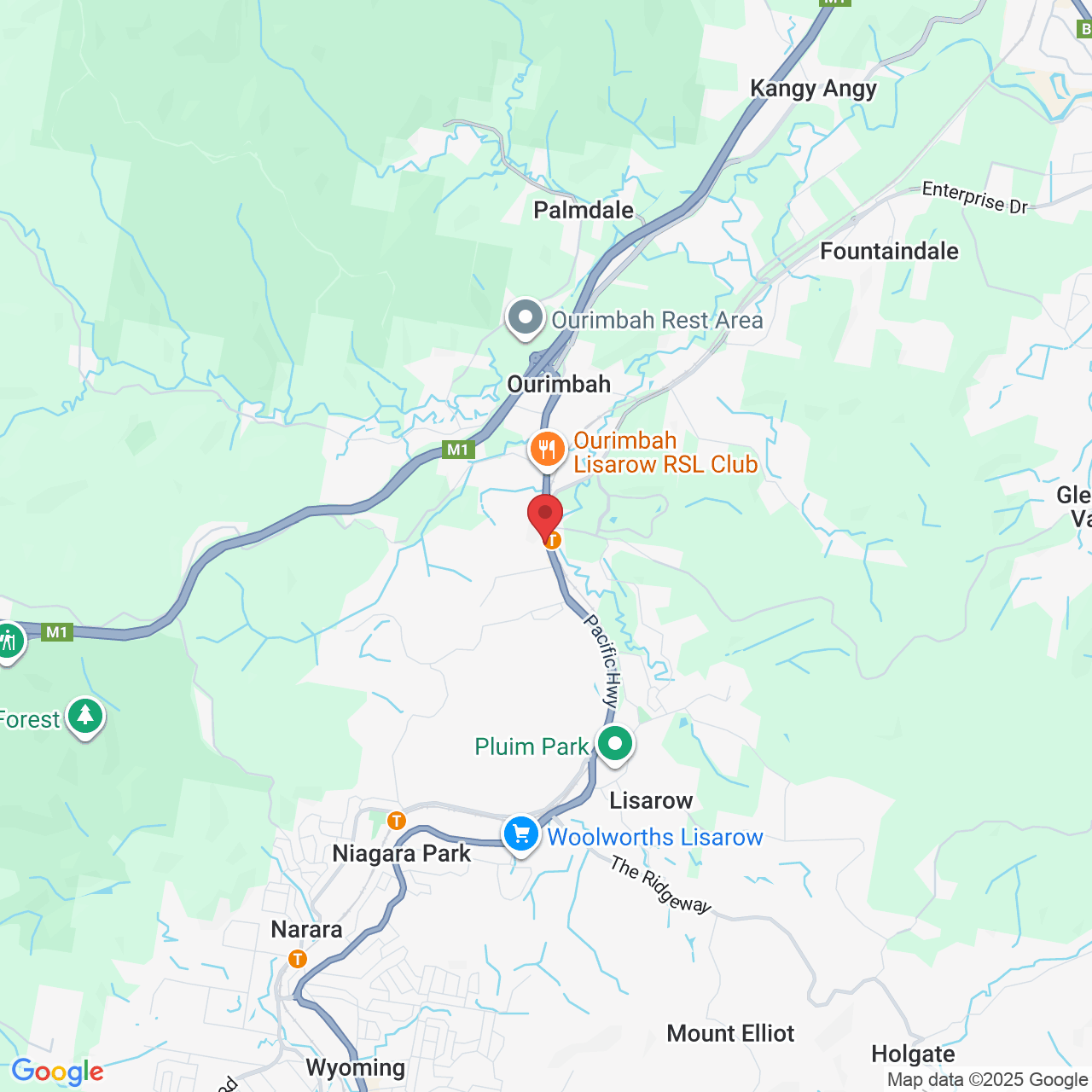Naturopathy | Nutrition | Herbal Medicine | Massage Therapy | Fitness

The Mind–Body Reset Plan
A simple guide to restore your energy, calm your mind, and support your body naturally.
How we can help you
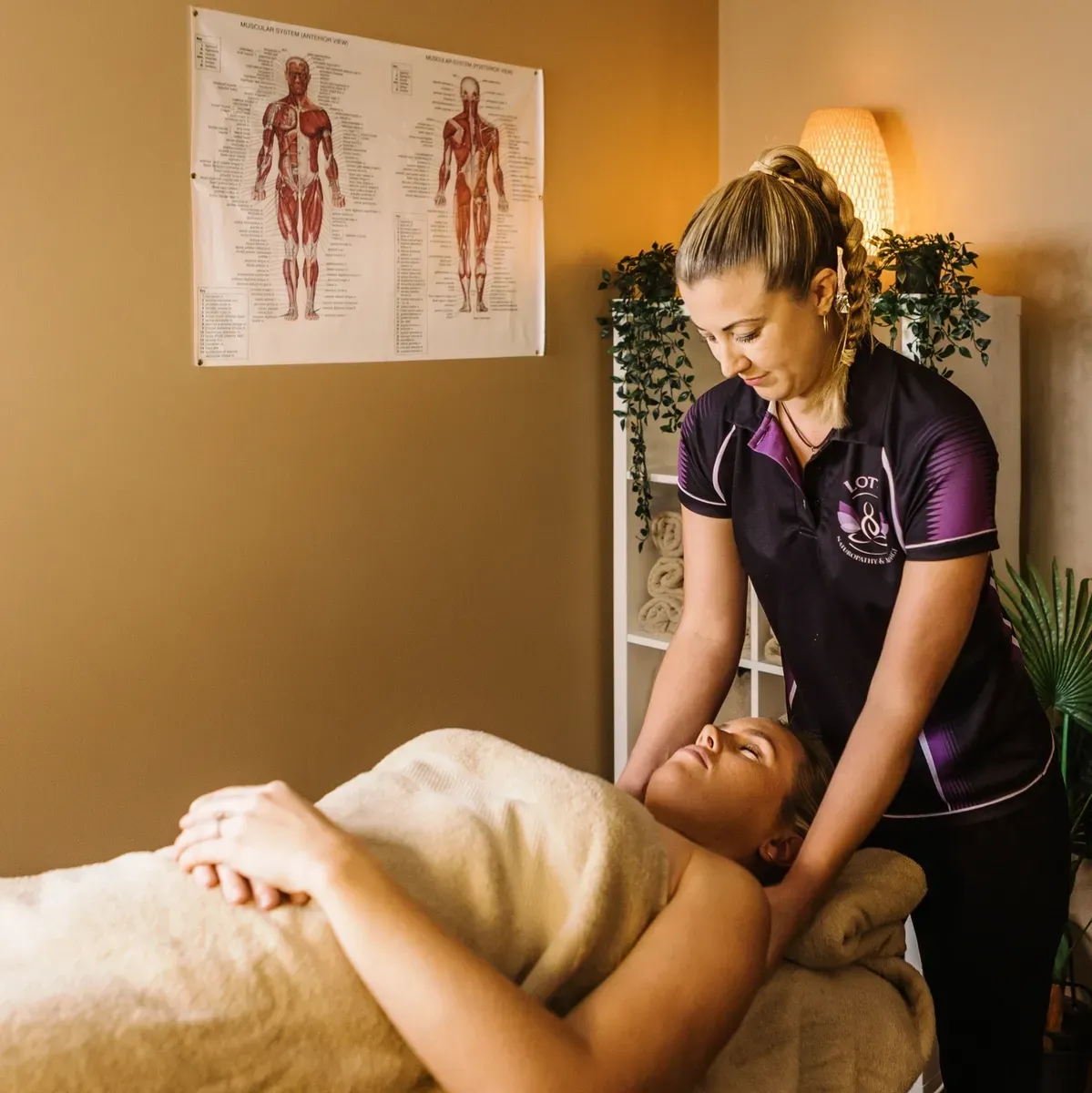
Massage Therapy
Our expert Massage Therapist Kate offers a range of massage services to help you feel relaxed, rejuvenated and restored!
Hicaps is available for on the spot health fund claiming for Remedial Massage
Remedial Massage
Relaxation Massage
Functional Release Cupping
Sports Massage
Pregnancy Massage
Workers Compensation
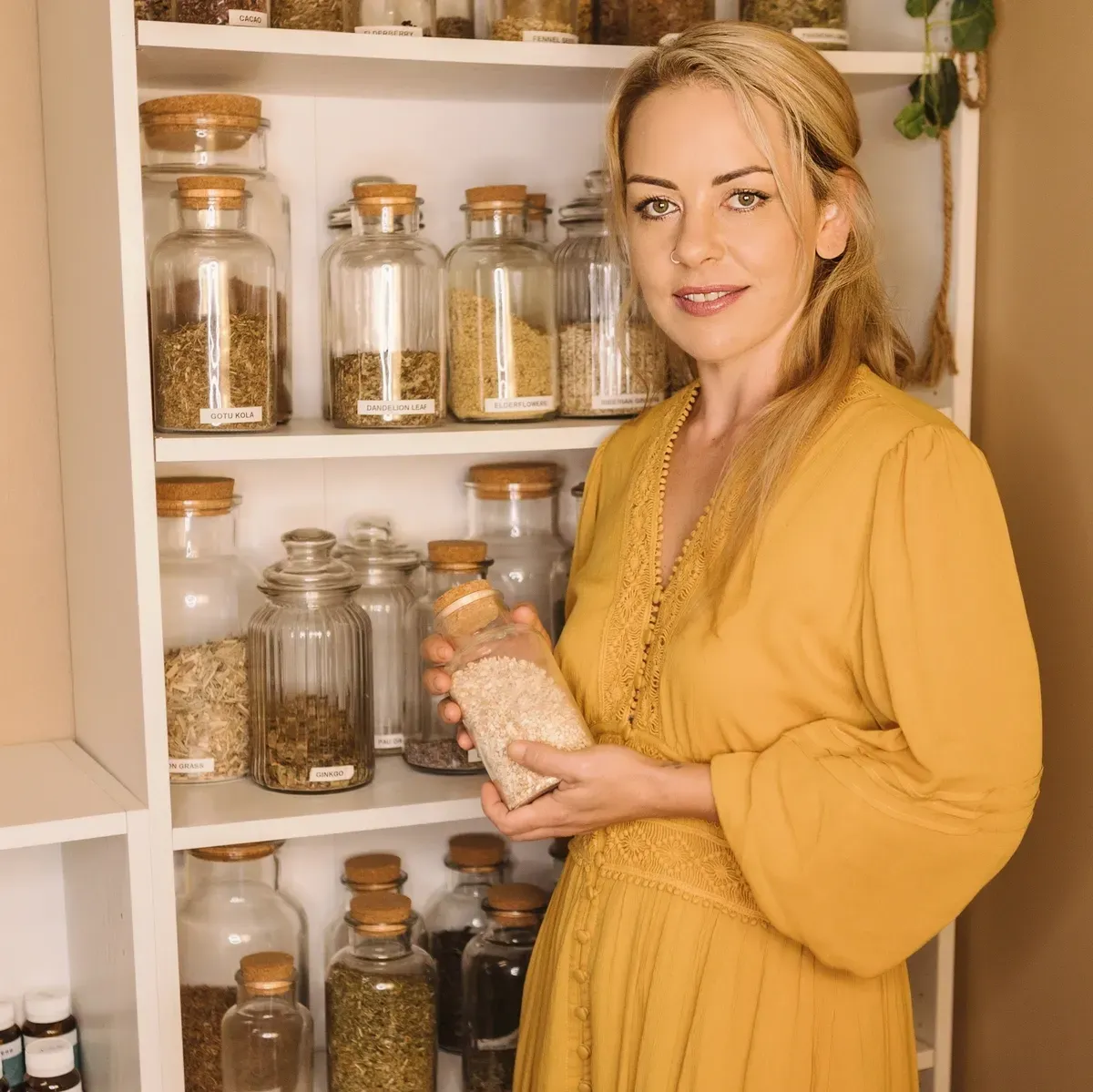
Naturopathy / Nutrition
Offering you with a range of holistic health services to help you be a healthier version of you!
Individualized Treatment Plans
Weight Loss & Detox Programs
Body Composition & Cellular Health Assessments
Nutritional Medicine
Herbal Medicine
Functional Pathology
Hair Diagnostics
Lymphatic Drainage

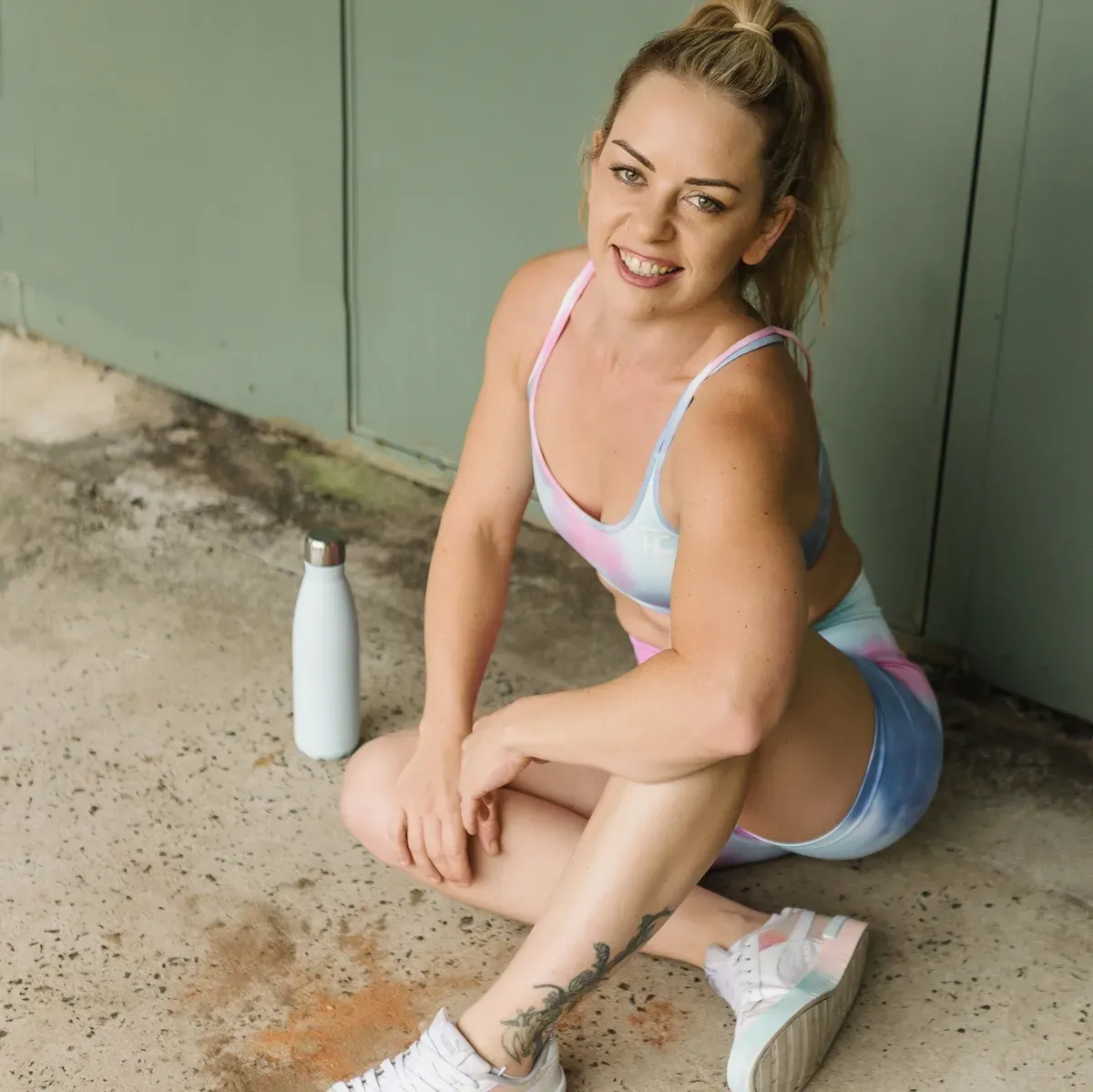
Fitness Coaching & Personal Training
Offering you personalised fitness plans that empower you to reach your goals, enhance your strength, and transform your well-being
Fitness & Postural Assessments
Goal setting
Personalised Fitness Plans
Personalised Gym Programs
Online Fitness Coaching
Mobile Personal Training
1:1, 1:2 & Group Sessions
Women's Fitness
Over 50's
Functional Fitness
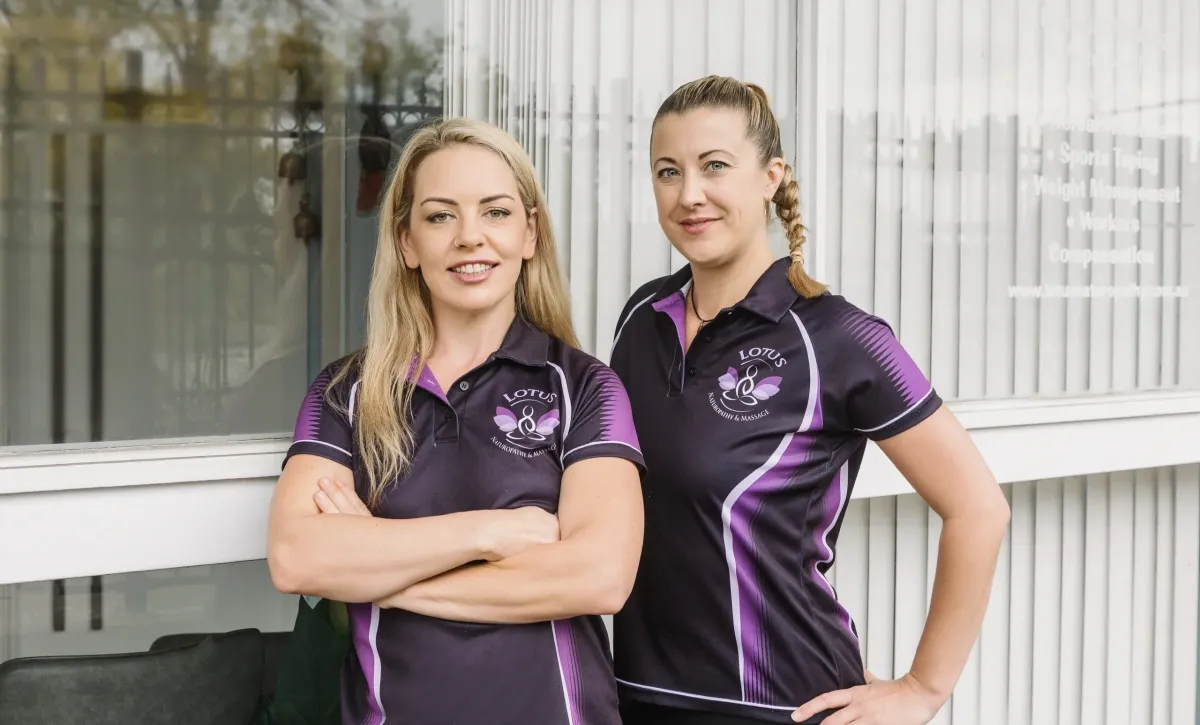
About us
Lotus Naturopathy & Massage is a multi-award-winning holistic health clinic based in Ourimbah, NSW, owned and operated by Michelle Doorey — recipient of the Holistic Wellness Advocate of the Year award and proud winner of the Brick & Mortar Business of the Year in the Australian Ladies in Business Initiative (ALIBI) National Awards.
Lotus offers a variety of holistic health services including Remedial Massage, Naturopathy, Nutritional Medicine, Herbal Medicine, Fitness Coaching, and Personal Training.
Our goal at Lotus is to provide a high standard of holistic health care using evidence-based natural medicine to empower and educate you to take control of your health and become the best version of yourself — physically, mentally, and emotionally.

Schedule An Appointment
Testimonials
Troy (Sydney)

"Every now and then you stumble upon something that changes your life for the better. Michelle at Lotus Naturopathy & Massage has been one of those things. The way she consults is like you’ve been friends for a very long time… I feel completely at ease and feel that Michelle is only interested in what is going to improve my quality of life. I can’t thank her enough!”
Nick (Central Coast)

"Had a massage with Kate last month and it was one of the best remedial massages I’ve had since moving to the coast 5 years ago.
I’ve been trying to find a remedial massage therapist ever since moving up and just had never quite found one that got it quite right for me. Kate listened to what I wanted and stayed away from the areas I didn’t want her to go near (which everyone else just ignores) all in all I couldn’t be happier."
Jennifer (Central Coast)

"Michelle has been helping with my weight loss journey and it has been a great experience, I feel the healthiest I have been in a long time and the weight is coming off. Michelle is very supportive and the program is very personalised to help you achieve your goals.
I also had my 1st massage with Kate recently, what a relaxing experience and just what I needed, can’t wait for my next one. Highly recommend."
Peter (Mid-North Coast)

“Professional service and great advice. Living remote I am glad I can access a superb practitioner, and herbal remedies here’s to being well!”
Ray (Central Coast)

“Very personable asnd professional experience. Highly recommend! Thank you Michelle your work is amazing!"
Jodie (Central Coast)

"Thank you Kate for an amazing massage. The added cupping was a great way to release a lot of tension without being left feeling tender. Highly recommend Lotus naturopathy & massage. "
Tiffany (Central Coast)

"Michelle is a brilliant Naturopath who has helped my son and I with a number of health problems that our regular doctors and specialists were unable to resolve.
These problems included identification of gut and digestive issues that led to significant pain and discomfort and behavioural problems with my son, healthy management of mental health issues, strengthening my immune system as a preventative measure due to a gene mutation which has put me at a high risk of developing breast and ovarian cancer and helping me with healthy weight gain.
Michelle conducts an extremely thorough analysis to drill down to identify the root cause of any underlying health problems. My family can't recommend Michelle enough!"
Paul (Jerrys Plains)

"So where to begin...I started seeing Michelle a year ago for treatment (recommended by my physio) to my back with 2 slipped discs. Could barely stand let alone walk around. A year on, walking, running and riding again with little to no pain. She is very passionate and knowledgeable about the treatment she gives you. Being massage and naturopathy/ nutrition.
Highly Recommendable. Happy to fit you in on week days and well as weekends to suit.
You won't be disappointed in her friendly service."
Our Location
Lotus Naturopathy & Massage is located at Shop 4, 53 Pacific Highway, Ourimbah.
There is parking available at the rear of the building via King Street, on the right next to the red petrol station fence.
Lotus Naturopathy & Massage
4/53 Pacific Highway, Ourimbah New South Wales 2258, Australia
Hours
Mon: 9:30 - 3:00
Tues: 9:30 - 6:30
Wed: 9:15 - 6:30
Thurs: 9:15 - 8:00
Fri: 8:30 - 6:30
Sat: 10:00 - 4:00
Sun: Closed
By Appointment Only
SORRY NO WALK INS
Full Insured & Accredited Practitioner

